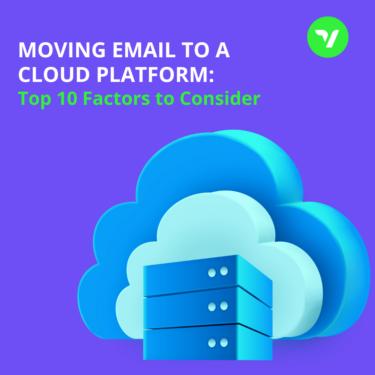Top 10 Factors to Consider when Moving Email to a Cloud Platform
Migrating mission-critical data like email to a Cloud platform demands expertise and precision. The project is fraught with complexities, leaving no room for error. Beyond grappling with the sheer volume of data, ensuring trust is paramount.
From navigating security protocols to addressing compliance standards and managing costs effectively, every facet of the migration requires meticulous attention.
Read more – Top 10 Factors to Consider when Moving Email to a Cloud Platform




